A plant having a permanently woody main stem or trunk, ordinarily growing to a considerable height, and usually developing branches at some distance from the ground. The initial stage of a grown tree is the plant, so we can say that plant may or may not grow into a tree. Plants live for shorter periods than trees. Annuals live for only one growing season, bi-annuals for two seasons and perennials anywhere from five years to 100 years, such as in the case of lilacs. Trees typically live for 100 to 150 years, with some hardwoods living up to 200 years and conifers up to 300 years or more. Trees play a significant role in reducing erosion and moderating the climate. During the process of photosynthesis, trees take in carbon dioxide and produce the oxygen. They remove carbon dioxide from the atmosphere and store large quantities of carbon in their tissues. Some trees and plants grow really fast, and can put on substantial height within just a few short years. Trees usually reproduce using seeds. Let’s take a look at the 10 fastest growing plants on the planet.
1.Bamboo
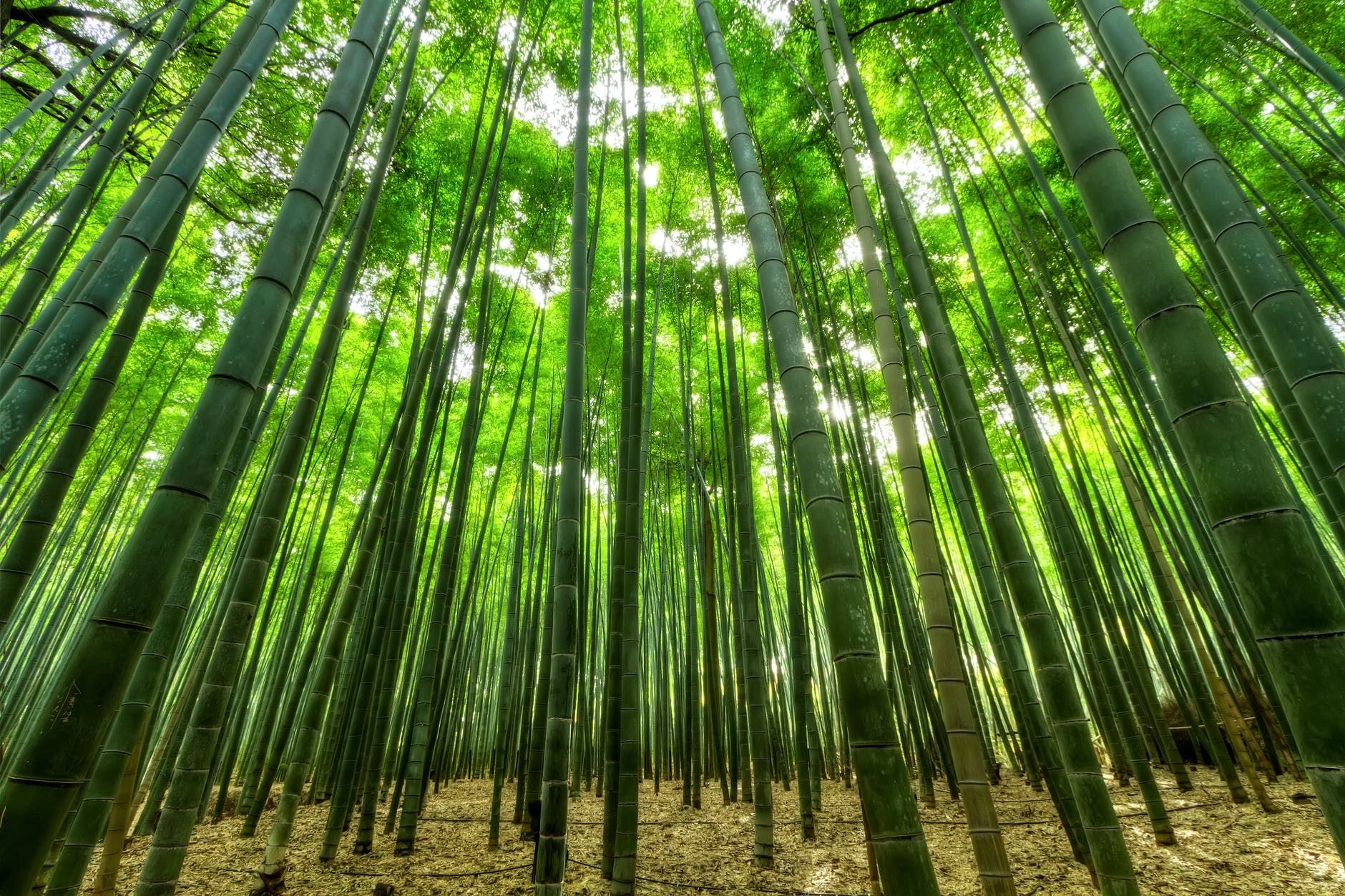
Bamboo reaches maturity after only 3 to 5 years. Bamboo releases 30% more oxygen into the atmosphere and absorbs more carbon dioxide compared to other plants. bamboo greatly decreases amount of greenhouse gases in the atmosphere and cleans the air. Individual stems of bamboo are called culms. They arise from the underground rhizome and emerge from the ground fully developed. Bamboo is a viable replacement for wood. Bamboo grows incredibly quickly, which is one reason it is often used to make sustainable, eco-friendly products. Re-planting bamboo is fairly easy thanks to the swift growth rate of the plant. The spreading root structure allows one rootstock to produce several shoots, permitting horizontal growth. Some species can literally grow 10 centimeters per day under appropriate climate conditions. If you actually had the patience to sit there all day, you would notice the growth by the end of it. The fastest growing bamboo has been found to grow at up to 35 inches per day; That’s a world record.
It is also one of the strongest building materials with a tensile strength of 28,000 psi. To help give you an idea how much this is, mild steel measures 23,000 psi. It greatly reduces erosion with a sum of stem flow rate and canopy intercept of 25%. Bamboo is often used in Asian cuisine. Various animals on the planet used bamboo in their diet. Panda’s diet is based on bamboo exclusively, while mountain gorilla and lemurs of the Madagascar eat bamboo to enrich their regular diet. Bamboo can survive more than 120 years in the wild. The Bamboos (Bambusoidaea) consists of 1439 different species in 116 genera. Bamboo has stronger structure than steel and it is widely used in the construction industry. Other than that, bamboo is used in the manufacture of floors, furniture, house walls, skateboards, bicycle frames and helmets. Bamboo is used in folk medicine to treat infections and to accelerate healing of the wounds. It was actually the first plant to re-green after the atomic blast in Hiroshima in 1945.
- Hybrid poplar
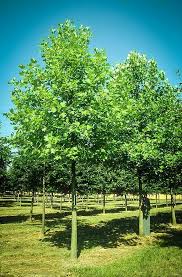
This species of poplar is a popular shade tree in North America and well suited for certain conditions. The tree can be effectively used by tree farmers and large property owners. Hybrid poplar is a very fast growing tree on a variety of soil types. It only takes about five years to grow poplars to harvestable height, making them popular in industry applications. Hybrid poplars can put on ten feet a year. These are selected for their superior adaptive traits for cold and drought tolerance; disease and pest resistance; growth rate and form. Hybrid poplar reduces wind erosion and traps snow, reduces environmental stress in livestock and increases the availability of habitat and food for birds and other animals. Its rapid growth makes it an attractive wood source for bio-energy and for fibre based products.
A “hybrid” plant is produced when pollen of one species is used to fertilize flowers of another species. It is a tree resulting from the combining, either naturally or artificially, of various poplar species into a hybrid. Most hybrid poplars are a landscaping nightmare when grown in yards and parks. Hybrids grow six to ten times faster than similar species. Tree farmers can see economic returns in 10 to 12 years. These are easy to plant. Hybrid poplar can be used in the process of making oriented strand board and, possibly, structural lumber. Burning wood does not increase atmospheric carbon monoxide(CO). This species of poplar is a popular shade tree. It is not as impressive as the bamboo. This is just one of the artificially created species on our list.
- Algae
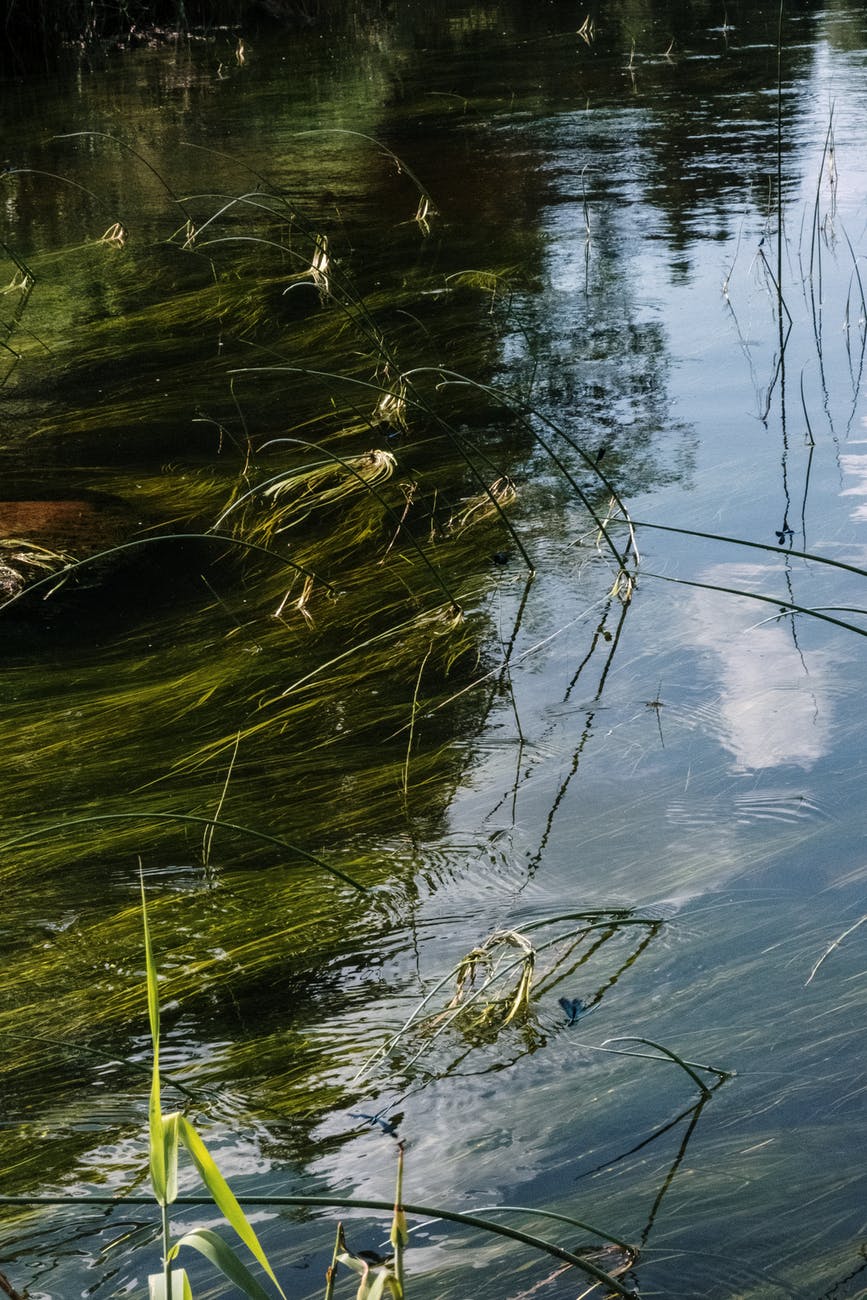
Scientists estimate that algae produce at least half of the oxygen in Earth’s atmosphere by converting carbon dioxide during photosynthesis. Today, algae actually help maintain the carbon cycle. Algae are very fast growing eukaryotes and are found all over the world. They grow so quickly that they sometimes “bloom.” Algae blooms can be dangerous for sea life because they pull all the oxygen out of the water and some types of algae bloom such as red tide can even be toxic to human health. Algae can consist of only one or large number of cells. They can be microscopically small, or extremely large. Even though some algae look like plants, they lack leaves, roots, stomata, phloem and xylem that are typical for vascular plants. Some algae have amoeba-like body and ability to actively hunt and kill the prey. Algae can range from 100-foot-long giant kelp to several varieties of microbes called cyanobacteria, also known as blue-green algae.
Cyanobacteria might also be in your breakfast smoothie. The “superfood” spirulina is a nontoxic cyanobacteria popular for its nutritional profile, including proteins, vitamins, minerals and essential fatty acids. Plenty of larger algae are both nutritious and delicious. Researchers are even adding algae to dairy cow diets. Algae play important role in the aquatic ecosystems. They serve as food for many fish and provide shelter for various animals. The algae produces a chemical that inhibits gut microbes from making as much of the greenhouse gas. Sometimes, in fact, algae are a little too good at reducing greenhouse gases. You can thank algae for our seafood, too. Tiny phytoplankton, found worldwide, make up the base of aquatic food chains. Scientists figured that algae probably weren’t productive enough. The organisms might not even produce enough fuel to make up for the energy needed to grow them. Fossilized algae are used for the manufacture of dynamite.
- Duckweed
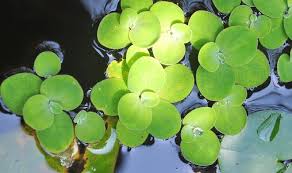
Duckweed is tiny oval-shaped plants on the water’s surface. These plants can cause some problems, but they also have benefits. This small, flowering plant is one which also grows very quickly. Duckweed mainly grows in warm, wet environments around the world, either in shade or direct sunlight. It floats,. forming a blanket over small bodies of slow-moving water. These bodies of water contain high levels of nutrients such as phosphorus or nitrogen. Duckweed can be used to help purify water by controlling algae growth and converting waste and sewage water into treated water and biomass. Every 30 hours, the species can undergo an entire life cycle. If a duckweed were able to reproduce continuously at maximum efficiency, it would theoretically be able to create four Earth-sized masses of duckweed inside of just four months.
Duckweed is a source of food for water fowl and even people in parts of Southeast Asia such as Thailand. Duckweed can multiply at an incredibly fast rate. It can cover the surface of a body of water, blocking sunlight and killing fish and aquatic plant life. To control the growth of duckweed, reduce the flow of nutrients into the water and use bubble aeration to inhibit the growth of duckweed. A duckweed plant produces a daughter bud about once a day. With ideal growing conditions, the original plant and its daughter buds can produce as many as 17,500 plants in two weeks. Koi, goldfish and grass carp eat duckweed, but grass carp will eat other plants first.
- Eastern Cottonwood
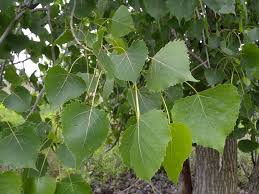
These species of tree may be the fastest growing tree in North America. Eastern cottonwood has thick bark which prevents damage of the inner, delicate wood. Eastern cottonwood can survive 70 to 100 years in the wild. but they have the potential to live 200 to 400 years if they have a good growing environment. The Eastern cottonwood is a producer, transforming the sun’s energy into food energy. Bark is smooth and yellow-green in young trees. Brown-grey, deeply furrowed, corky bark can be seen on the old trees. Eastern cottonwood has strong root system that can reach 15 feet in diameter. groves are typically indicitive that a water source is nearby as they consume large amounts of water in their growth cycle. Root absorbs up to 200 gallons of water per day.
Eastern cottonwood has triangular leaves with pointed tips and long petioles. Bright, emerald green color of the leaves changes into bright yellow during the autumn. Eastern cottonwood blooms during the March and April. North Americans used eastern cottonwood tree to build canoes. First European settlers used eastern cottonwood for the construction of houses and barns. Wood of eastern cottonwood is used for the manufacture of paper, pallets, boxes, lightweight furniture and as a firewood. Fragrant oils obtained from the eastern cottonwood are used in the cosmetic industry for the manufacture of lip balms and massage oils. Leaves, bark and buds of eastern cottonwood are used in treatment of fever, inflammation and pain. Essential oils of eastern cottonwood can be used in treatment of arthritis and sore muscles.
- Giant Sequoia
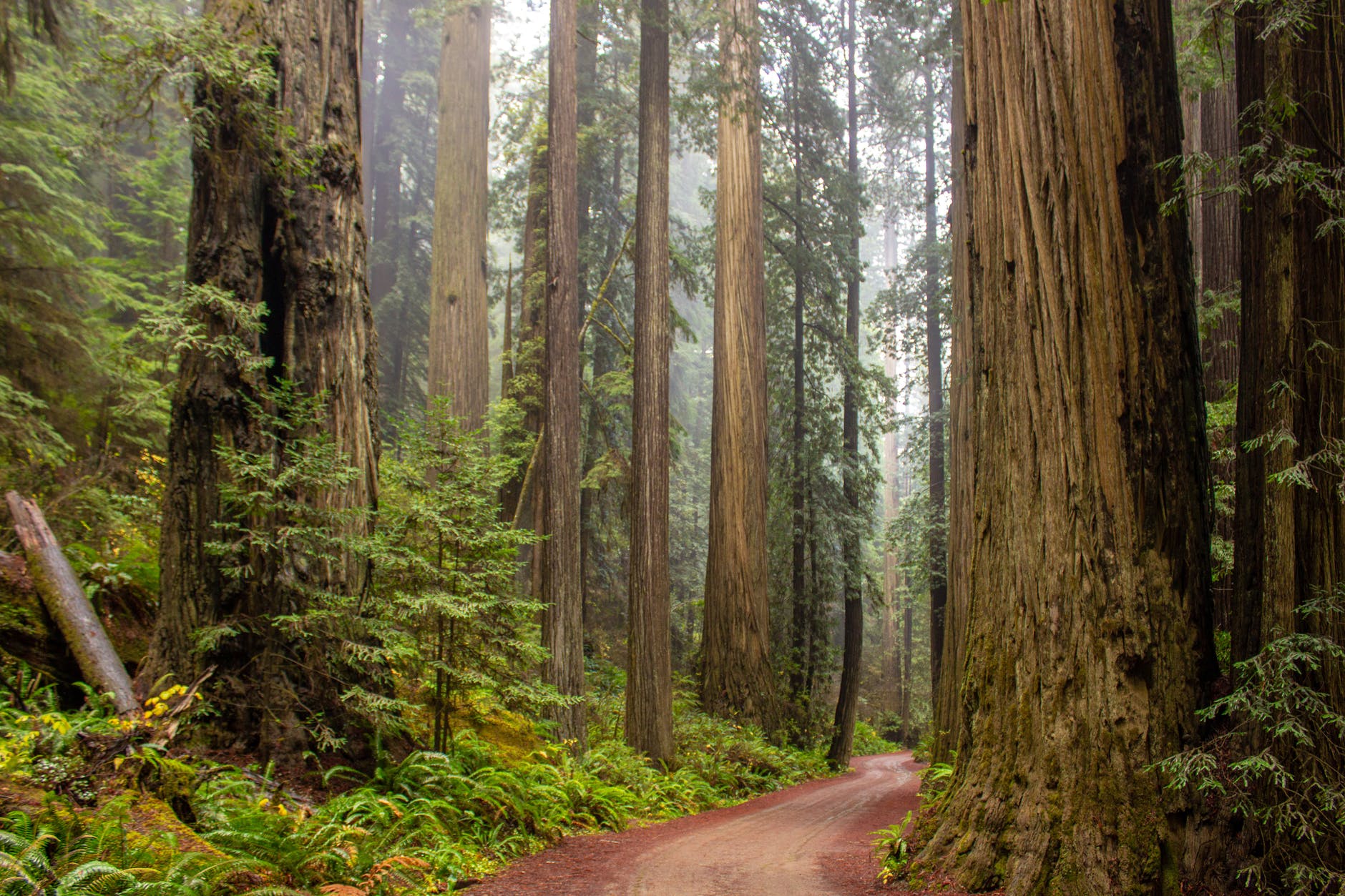
Sequoia trees are best known for their mammoth size, but they are also very fast growing. Giant sequoia can reach 164 to 279 feet in height and 20 to 26 feet in diameter. THEY HAVE THE THICKEST BARK ON EARTH. One famous tree, the “General Sherman Tree,” was measured by researchers, who calculated that it had added three inches to its girth in 40 years. Their bark also doesn’t contain any flammable pitch or resin. The blaze eats up any brush or deadwood that’s accumulated on the ground while leaving behind nutrient-rich ash in which the saplings can flourish. Giant sequoias are popular tourist attraction. Giant sequoia can survive more than 3500 years in the wild. High concentration of tannin, an insoluble chemical compound found in many coniferous trees, the trees are immune to most diseases. Not only does the astringent substance protect the sequoia from fungus, it also safeguards it from insect attacks.
THEY PRODUCED THE LARGEST LIVING ORGANISM ON EARTH. onsider the height of a giant sequoia tree multiplied by that girth increase. That’s a lot of wood, and reminds us that trees grow outward and not just upward. The bark of a giant sequoia may be the thickest of any tree we know—on some specimens the outer layer of bark measures over two feet thick at the base. Animals like squirrels, chickarees, and beetles are instrumental in cracking open sequoia cones and dispersing the contents. But for a seed to germinate it needs to make direct contact with bare, mineral soil. Each cone produces around 230 seeds. They are miniature, flat and brown in color. Giant sequoia releases 300.000 to 400.000 seeds annually. They can be used only for the production of fence posts and toothpicks.
- Acacia
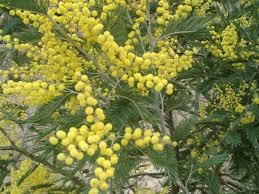
Acacia is a type of shrub or deciduous tree that belongs to the pea family. Acacia can be an impressively fast growing tree. There are over 800 species of acacia that can be found in Australia, and in the tropical and subtropical areas of America, Asia, Africa and Europe. Acacia grows on well-drained soil, in dry and sunny habitats. This allows them to experience a perpetual growing season. Most species of acacia have green, pinnate leaves. Leaves of acacia are important source of food for camels, goats, giraffes and cattle. Leaves They are also used as preservatives and have application in the pharmaceutical industry. Acacia has short lifespan. Most species live between 15 to 30 years. Gum Arabic, isolated from African species of acacia, has application in the food industry. It is used as a thickening agent in the manufacture of soft drinks, frozen desserts and confectionery.
It is also used as adhesive and cure. They are densely arranged on the branches and create impression of a giant fern. Acacia usually grows to the height of 40 feet. Some types of acacia can reach 70 feet in height and 3 feet in diameter. Swollen-thorn acacia (African species) lives in symbiosis with stinging ants. Acacia provides shelter and food. In return, ants protect plant from the herbivores. Strong and durable wood of acacia was popular and widely used for the manufacture of ships in the past. Today, acacia is mostly used for the production of floorings, furniture, toys, jewellery and tools. Acacia develops pea-shaped flowers that consist of 5 petals. Flowers of acacia are used in the industry of perfumes and cosmetics. They are yellow or white, rarely purple or red colored. Fruit of acacia is dry pod. It is elongated and filled with 5 to 6 brown or black seed.
- Wisconsin Fast Plants
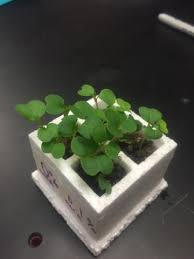
Wisconsin Fast Plants are a rapid cycling variety of Brassica rapa that was initially developed as a research tool to improve the disease resistance of economically-valuable cruciferous crops (a large group of plants that includes mustard, radish, cabbage, broccoli, kohlrabi, and more). In order to speed up the genetic research in the crucifers, breeding has taken Brassica rapa and six related species from the family Cruciferae for shorter life cycles. The end result: petite, quick-growing plants known as Fast Plants. This trademarked strain of field mustard grows so quickly it has actually been marketed as “fast plants.” Every five weeks, it can produce a brand new generation. Small plant size and ability to grow at high plant density. These plants have high reproductive capacity. It has ability to grow under continuous fluorescent lighting in a standard potting mix.
The shortened life cycle has proven effective in reducing the time required for traditional breeding programs, which has led to advances in cellular and molecular plant research. Over 150 genetic traits have been described that are useful in research. Breeding process has decreased from six-month growth cycle to only five weeks. Professor Williams managed to establish uniform size, flowering time and growing conditions. To ensure optimal germination rates, plant seeds the same year you receive them. Germination rates decrease over time. Seeds are living and need to be kept cool and dry before planting. Plants play an integral part in the world by taking in carbon dioxide and producing oxygen.
- Kudzu
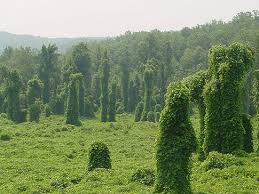
Kudzu, also known as Japanese arrowroot, is vine that belongs to the pea family. This is an incredibly fast-growing plant which can add a whole foot a day, and under prime conditions, may add a whole 60 feet in a single growing season. Kudzu is also known as “foot a night vine”, “mile a minute vine” and “vine that ate the south” because of it’s quick growth. This is considered quite a pest. Kudzu produces purple flowers arranged in terminal clusters that can reach 12 inches in length. Flowers emit sweet, pleasant fragrance which attracts bees. Fruit of kudzu is pod filled with seed. Fruit ripens in autumn. Kudzu grows in the mountains, fields and near the roads. It prefers shade. Kudzu has compound leaves that consist of three oval or heart-shaped leaflets. Leaves are dark green, hairy and alternately arranged on the stem. It climbs over everything and is very hard to kill. Along its way, it tends to kill other plants. It is considered extremely aggressive and invasive, and while it is native to Japan, it has spread to other locations throughout the world, including the US.
Kudzu (root) is used in traditional Chinese medicine in treatment of headache, migraine, thirst, allergies, diarrhea, hypertension, cardiovascular disorders and hypercholesterolemia. Root is also used to reduce craving for alcohol, and flowers to alleviate symptoms of hangover and facilitate detoxification of liver. Root, flowers and leaves of kudzu can be used in human diet. Starch extracted from root can be used instead of cornstarch. Flowers are used for the preparation of jelly. Kudzu has very long root that can prevent erosion and improve qualities of soil. Bacteria in the root of kudzu absorb atmospheric nitrogen and convert it into nitrate, plants-friendly type of nitrogen. It’s lifespan is more than 2 years Fibers extracted from the stem, known as ko-hemp, are used for the manufacture of paper and cloth. Kudzu is important source of food for goats and llamas in the southern parts of the USA. Kudzu can be used for the manufacture of cellulosic ethanol, type of biofuel which does not pollute atmosphere as much as conventional types of fuel.
- Transgenic Eucalyptus
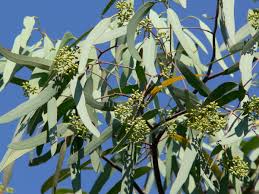
Eucalyptus is the second most widely planted multipurpose woody tree species in the world. It is a commercially important hardwood tree for paper and wood industries. Eucalyptus are important hard wood trees, originated in Australia and belongs to the family Myrtaceae. The estimated plantation area covered by eucalyptus is 20 million hectares worldwide. The genus Eucalyptus comprises of more than 700 species and hybrids, some of which bear their economic importance as a source of paper pulp, wood, timber and essential oils. The ever increasing demand for wood, timber and shelter poses a great threat to the natural forest resources. Eucalyptus being a hardwood tree produces shorter fibers than softwoods like pines. Short fibers of this genus make it more reliable for use in paper and furniture industries. Fast growing and high yielding eucalyptus plantations with their short rotation period along with adaptation to a wide range of environments offer enormous scope as an alternative to meet the growing wood demands of the world as well as to save the natural forests from deforestation. It is the versatility and fast-growing characteristics of this genus that has aroused and still is stimulating increasing interest worldwide, particularly as the demand for pulp, fuel, and construction wood increases.
Over 8 million ha of Eucalyptus plantations have been established in Angola, Argentina, Australia, Brazil, Chile, China, Congo, India, Iran, Madagascar, Morocco, Portugal, South Africa, Spain, Thailand, Pakistan, the USA, and Uruguay. More than 90% of these forests have been planted since 1955, and about 50% in the past decade. Another artificially developed plant on our list is transgenic eucalyptus, developed by splicing brassica genes with eucalyptus genes. These trees grow 30% faster than other types of natural eucalyptus, and can add 16 feet a year. Within just five years, some plants may manage to top 100 feet. Trees like the transgenic eucalyptus are praised by some, while others warn that species like this could easily overtake the planet much like the naturally invasive kudzu. The long term ecological ramifications of manufactured fast-growing plants like the eucalyptus are impossible to imagine or predict at this point of time. Leaves of eucalyptus are rich in oil that is used to alleviate symptoms of bronchitis, sore throat, nasal congestion. All parts of eucalyptus tree are used in the manufacture of dyes. Eucalyptus oil is also used as insecticide. Eucalyptus is also known as “gum tree” because of the sticky rubbery substance that flows from the injured bark. Lifespan of eucalyptus depends on the species. Most eucalyptus trees can survive more than 250 years in the wild.
